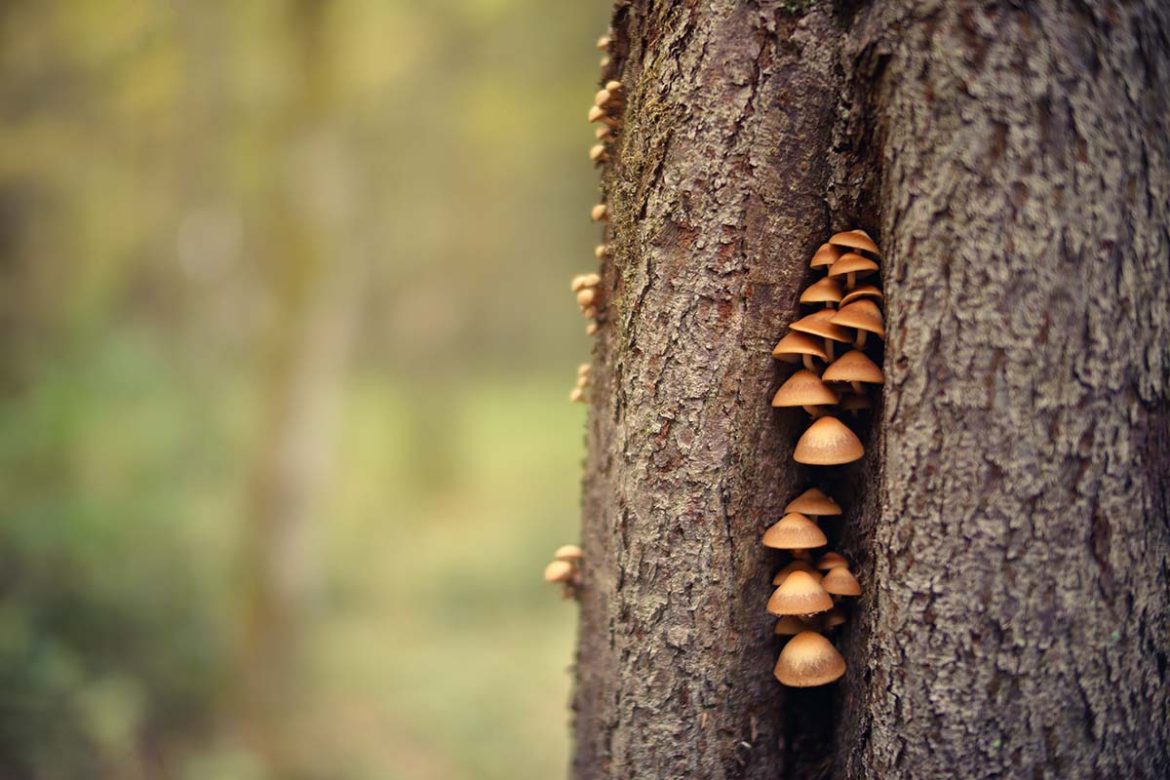It is oyster season in Central Park. It is not just the briny bivalves that taste good in months with an r in them. We are talking meaty mushrooms.
Oyster mushrooms (Pleurotus ostreatus) recur on the same dead logs or trees, year in, year out. They are the fruiting bodies of threadlike mycelia hidden in the woodsy substrate, which respond over a period of weeks to a chemistry of nutrition, temperature and moisture, a spore roar on the other side of silence. If you know what to look for, you might ride the subway home with a sackful for supper. But often the log that yielded such bounty before will be empty. It’s about timing and a lot of luck. It’s called “hunting” for a reason.
So you walk into the woods on a leaf-rustling day in late fall. You set your feet down softly and keep your eyes sweeping the trees to either side as you walk. There is the high, hollow drilling of a woodpecker. The sky above the thinning canopy is penetratingly blue. Downtown, each silver scallop of the Chrysler Building stands out for miles. On a log off the path you suddenly spot them and freeze, pointing like a bird dog. Pure white against the dark wood, shelved above one another like undersea coral fans.

Although oyster mushrooms appear reliably year-round, I have learned—the hard way—to ignore them in summer. They tend to be riddled with minute insect holes and the bugs’ creeping offspring. After fall’s cold snaps, and on into winter, the bugs are absent and the caps are fat and firm, sturdier than their flaccid, fast-developing warm-weather counterparts.
My mushrooming has acquainted me with the sad city litter that festoons the forest’s floor: For every mushroom clump I find, there seems to be a mountain of trash. The juxtaposition of the delicious and the insalubrious goaded me to form a volunteer litter mob, which meets out at Prospect Park. Central Park was once as disturbed by litter, but better funding and more staffing keeps this higher-profile Olmsted park in better shape. Still, a recent foraging trip revealed nests of condoms at the base of some trees, so the wary mushroomer looks to logs that poise edible fungi above the fray. They’re worth the effort.
At home, I slice and sauté the oysters in a hot cast-iron skillet in sweet butter with a clove of garlic, some lemon juice and a splash of cream. The addition of pepper, pappardelle and a delicate rain of grated Parmigiana makes a cool weather feast. The following night I may fry up two of the largest white fans as steaks, to accompany an oyster mushroom risotto. Cut into ribbons and browned, they provide meat for another meal’s creamy polenta.
After learning to identify* these mushrooms, I have found them near and far: beside a mountain pool in Cape Town, South Africa; in the woods of Pennsylvania; on a tree stump on Congress Street—peed on serially by dogs with oblivious owners—and growing out of a wooden planter in a garden on a sixth-floor terrace. Chances are, there is an oyster mushroom nearer to you than you think. Proceed hopefully.
*If you are a novice forager, be 100% sure of your oyster identification. These gilled mushrooms have some toxic lookalikes.
While oysters are among the easiest mushrooms to identify, never eat a mushroom that has not been identified by an experienced mushroomer. If you are new to mushrooming, invest in more than one book, join the New York Mycological Society and go on a foraging tour.



